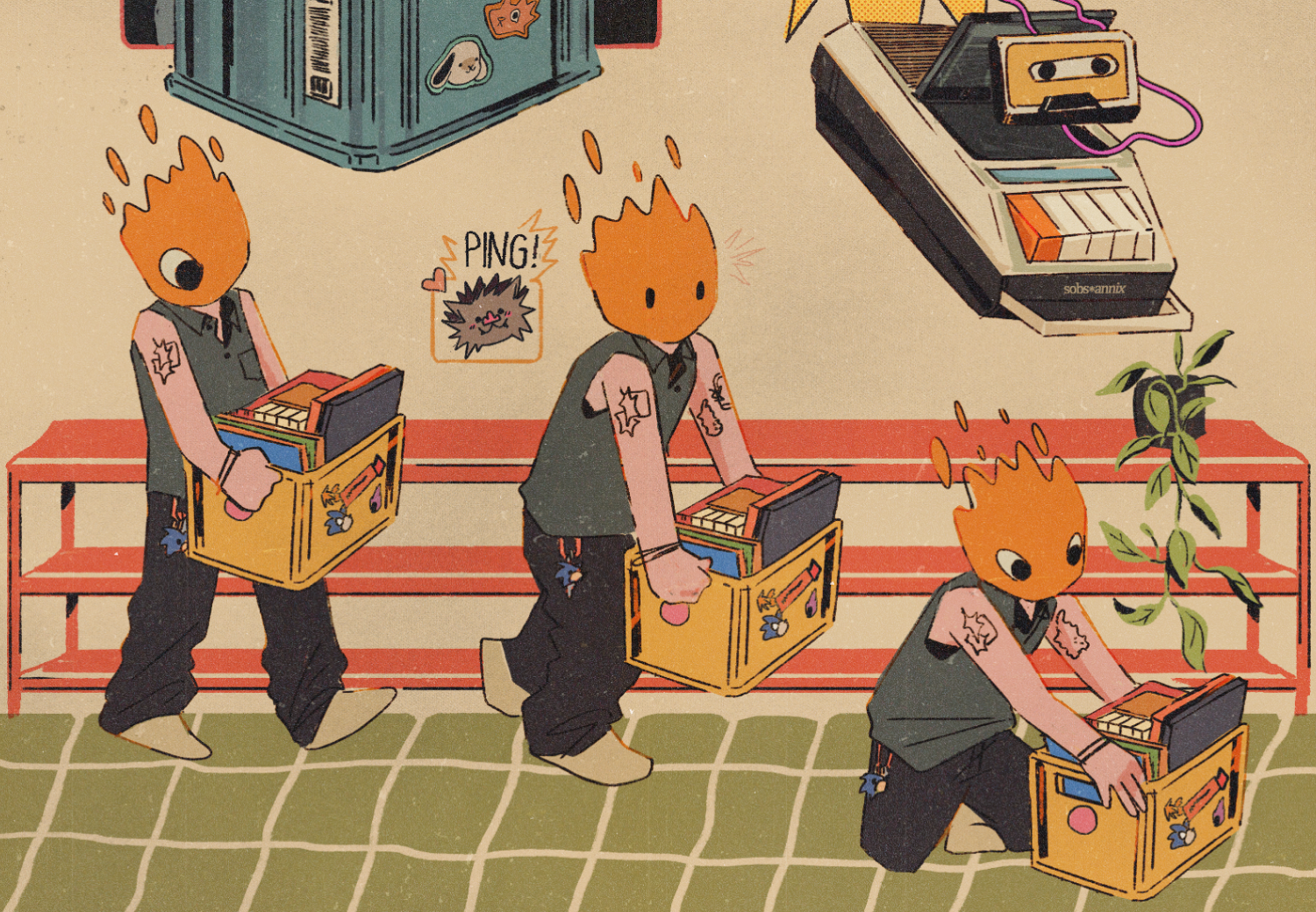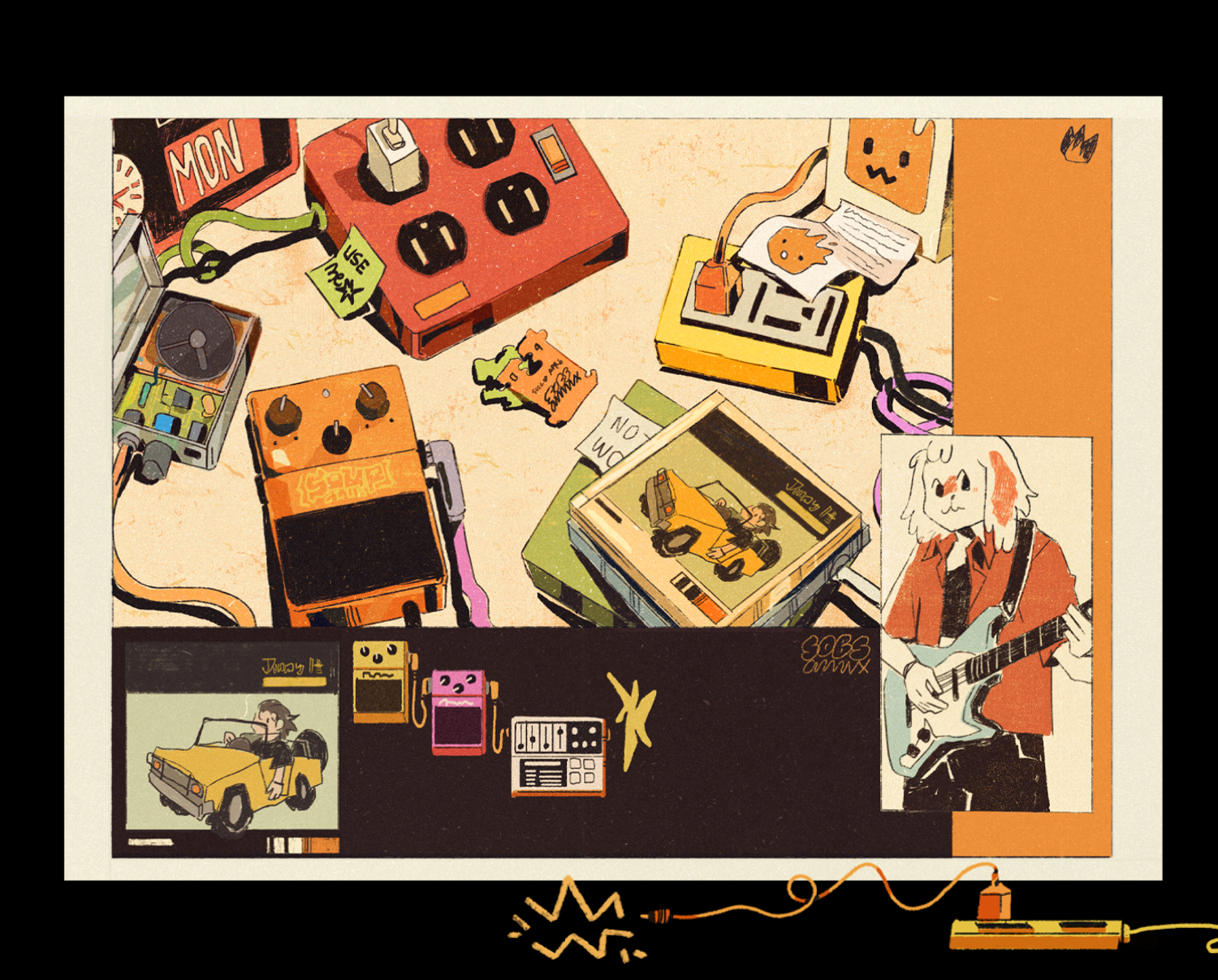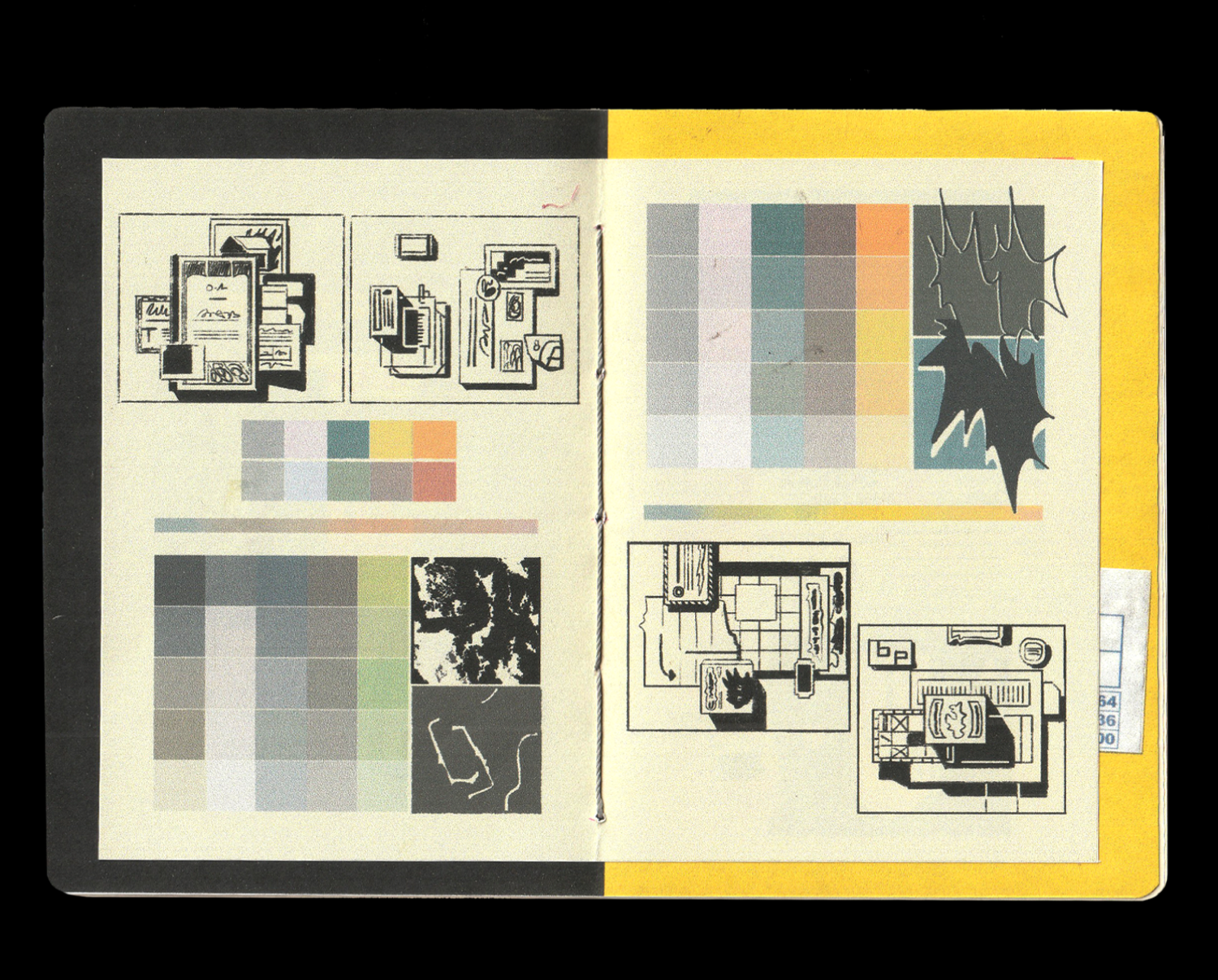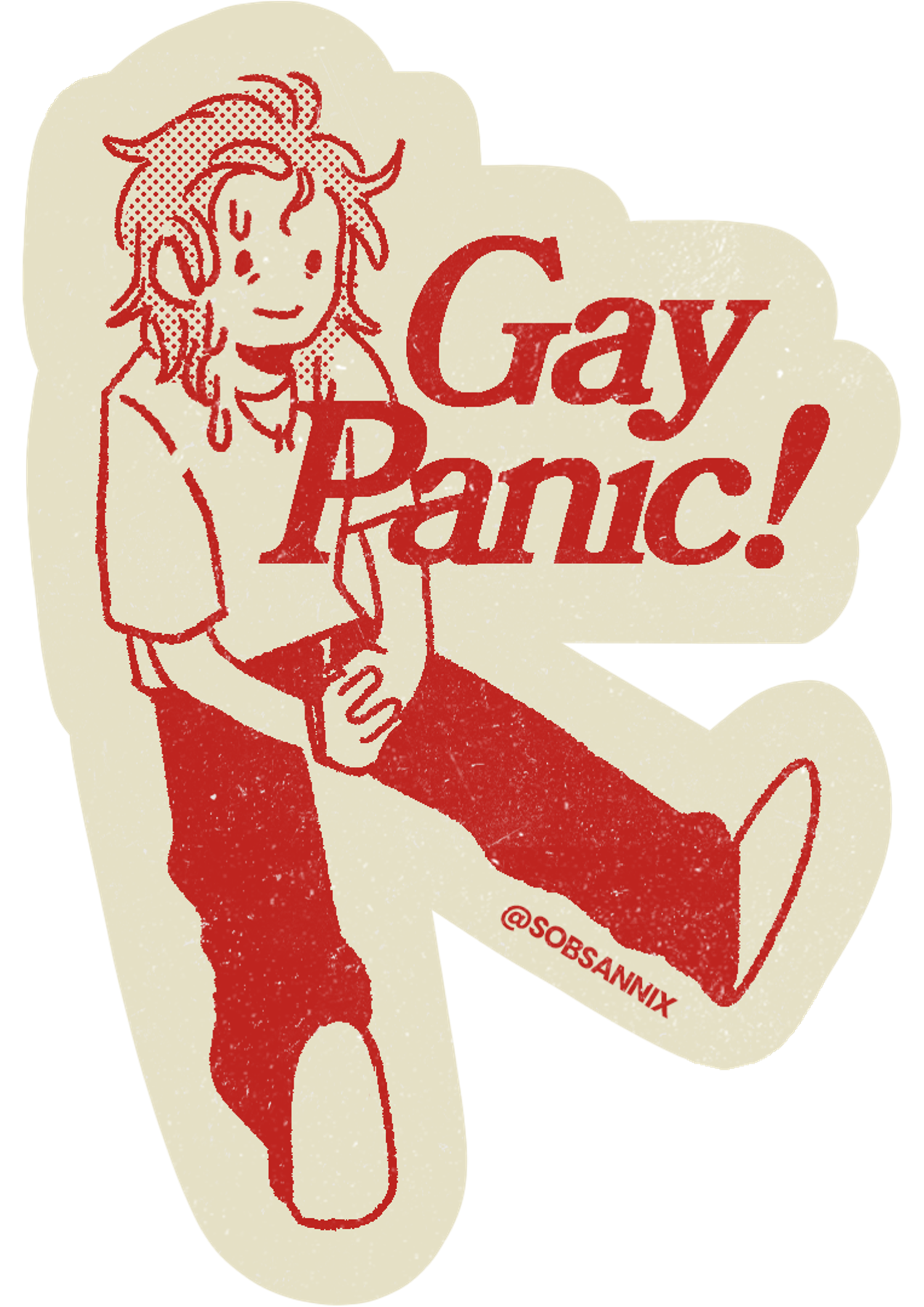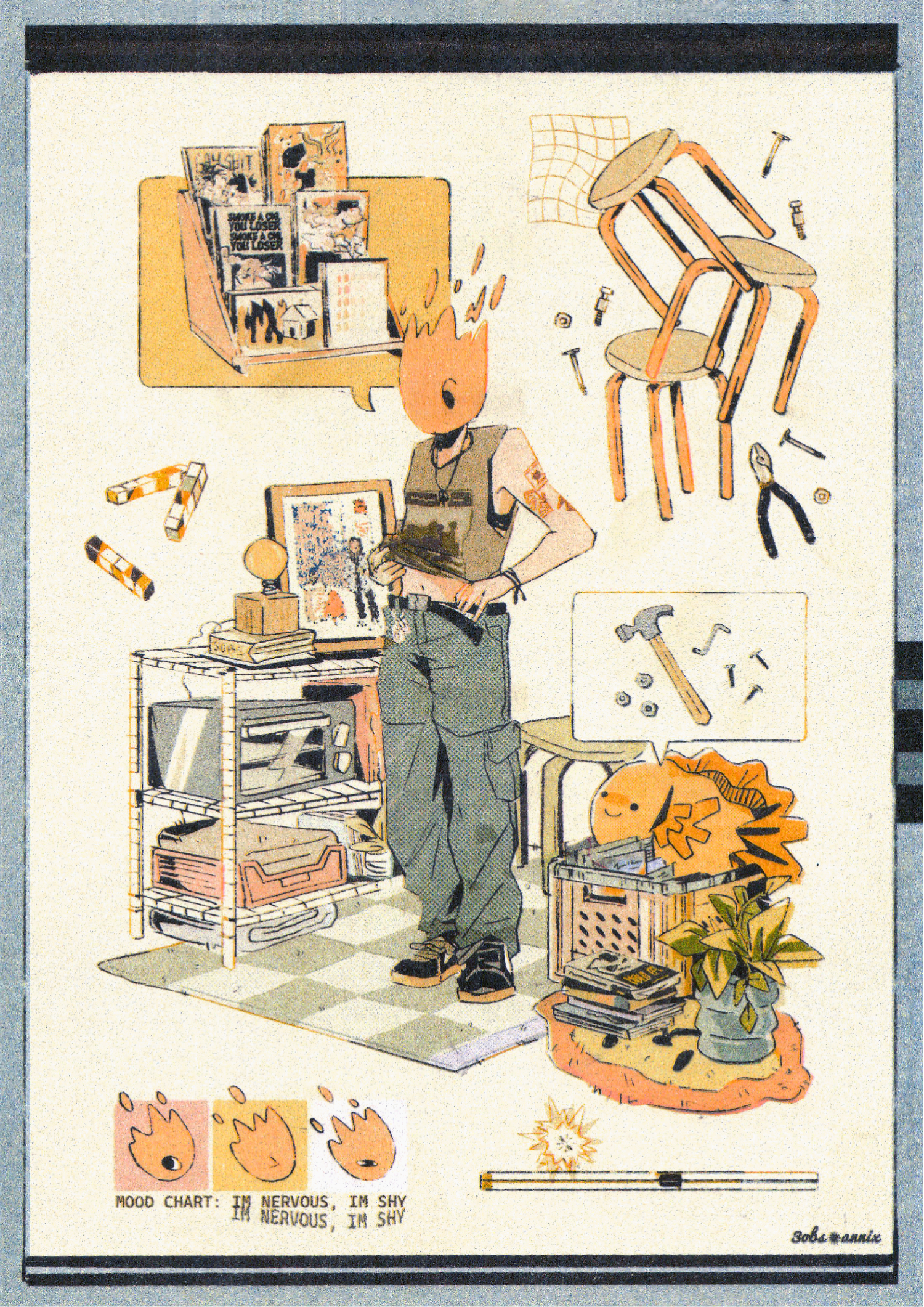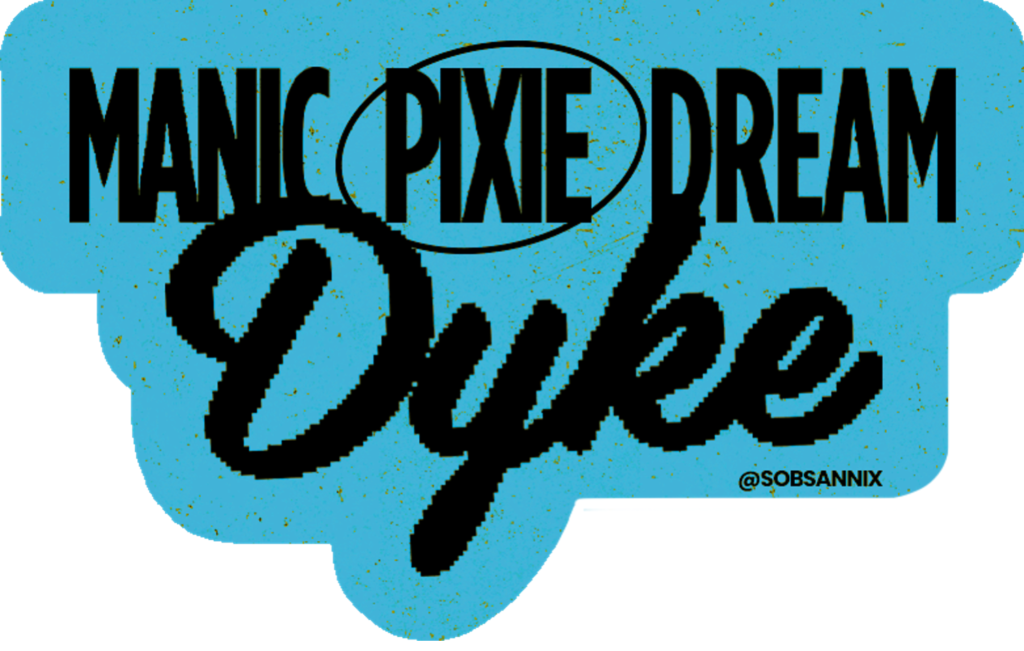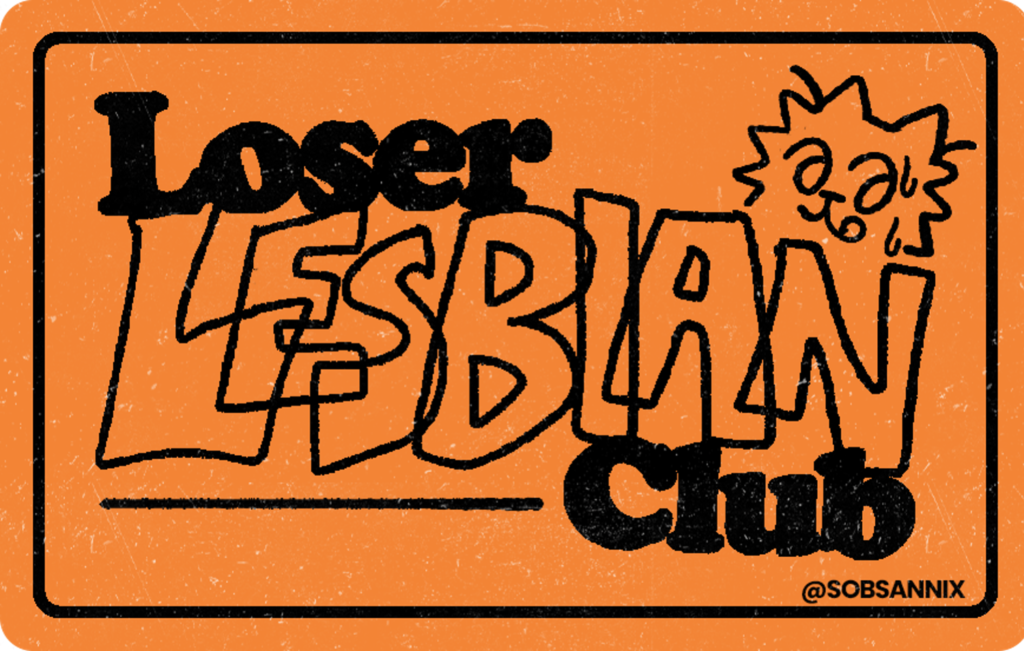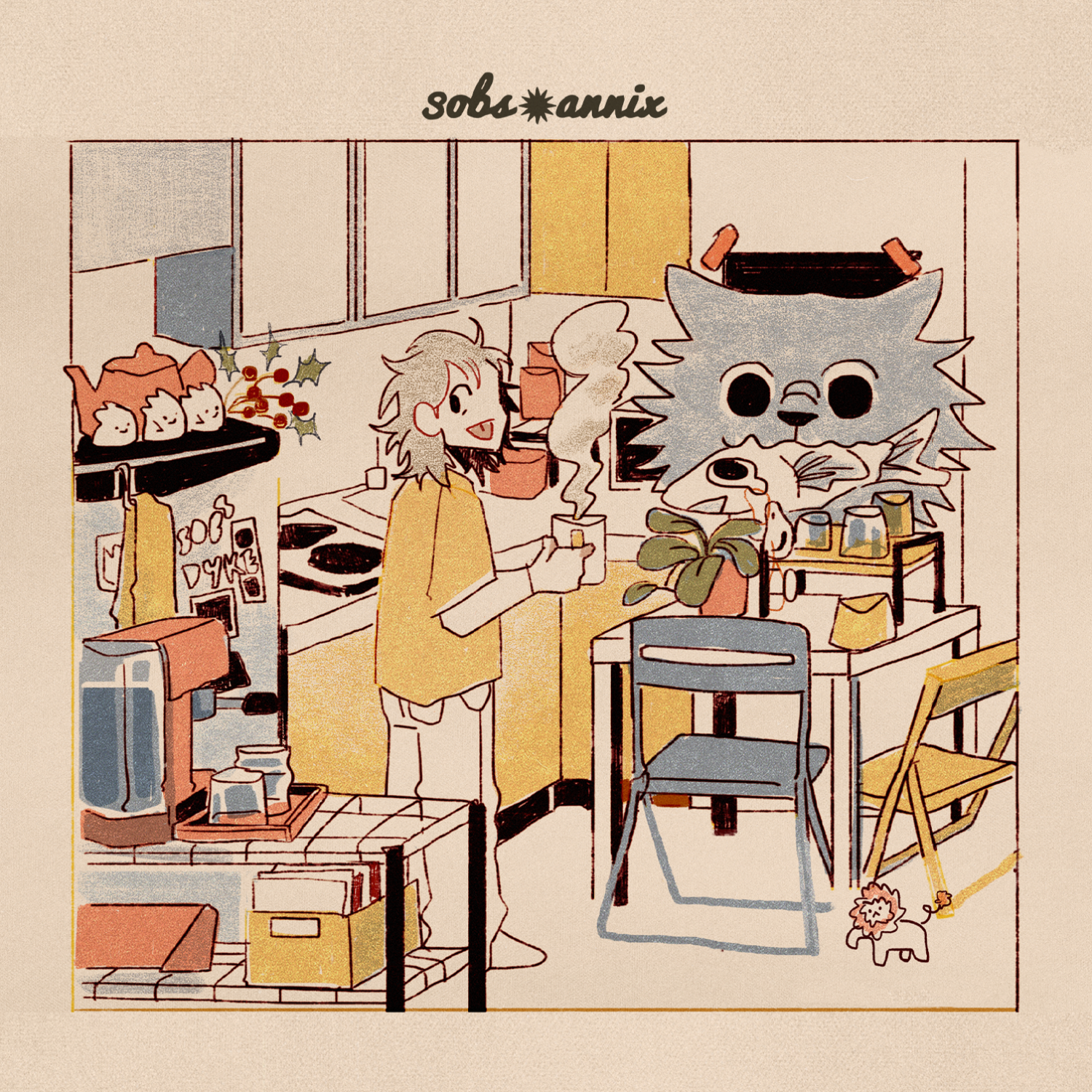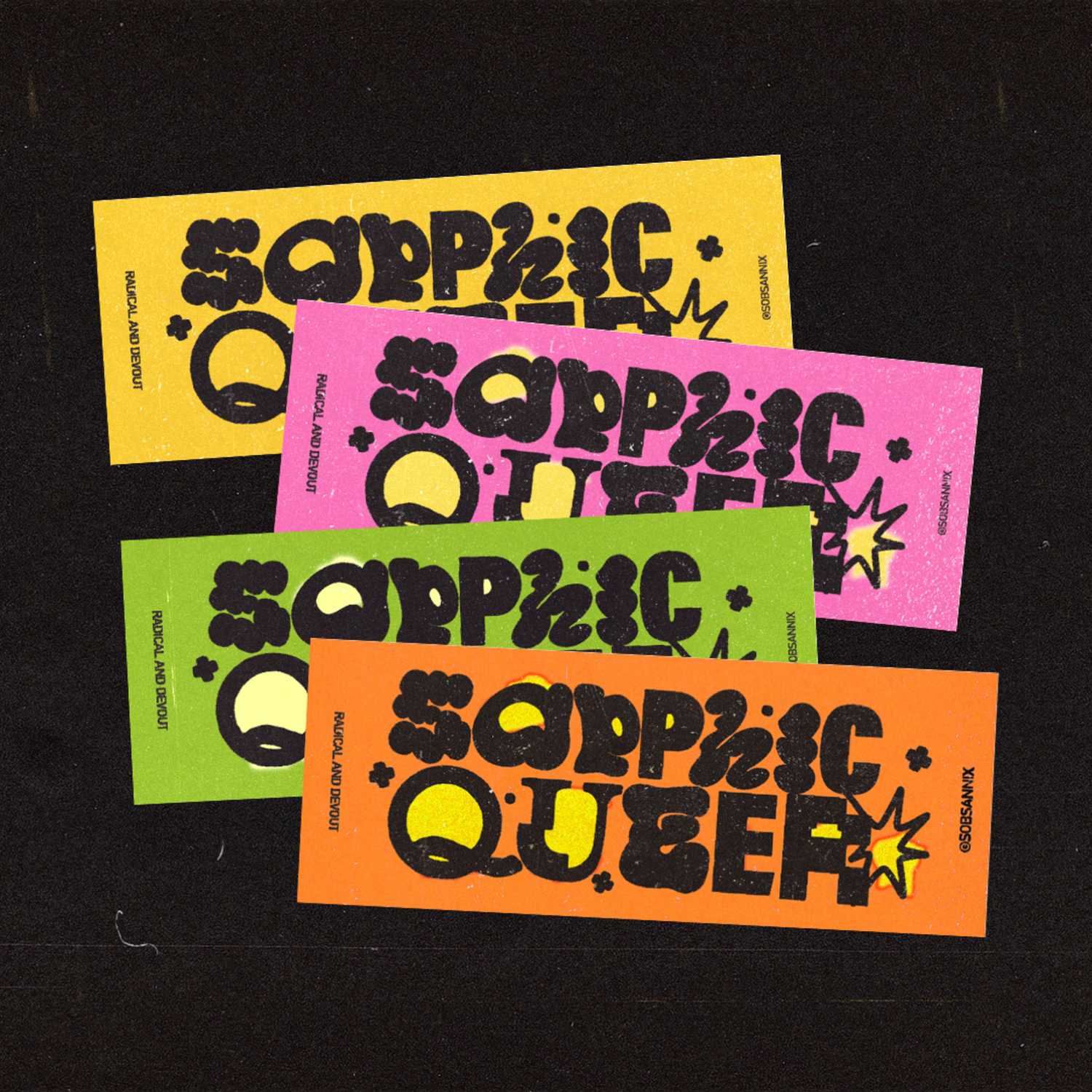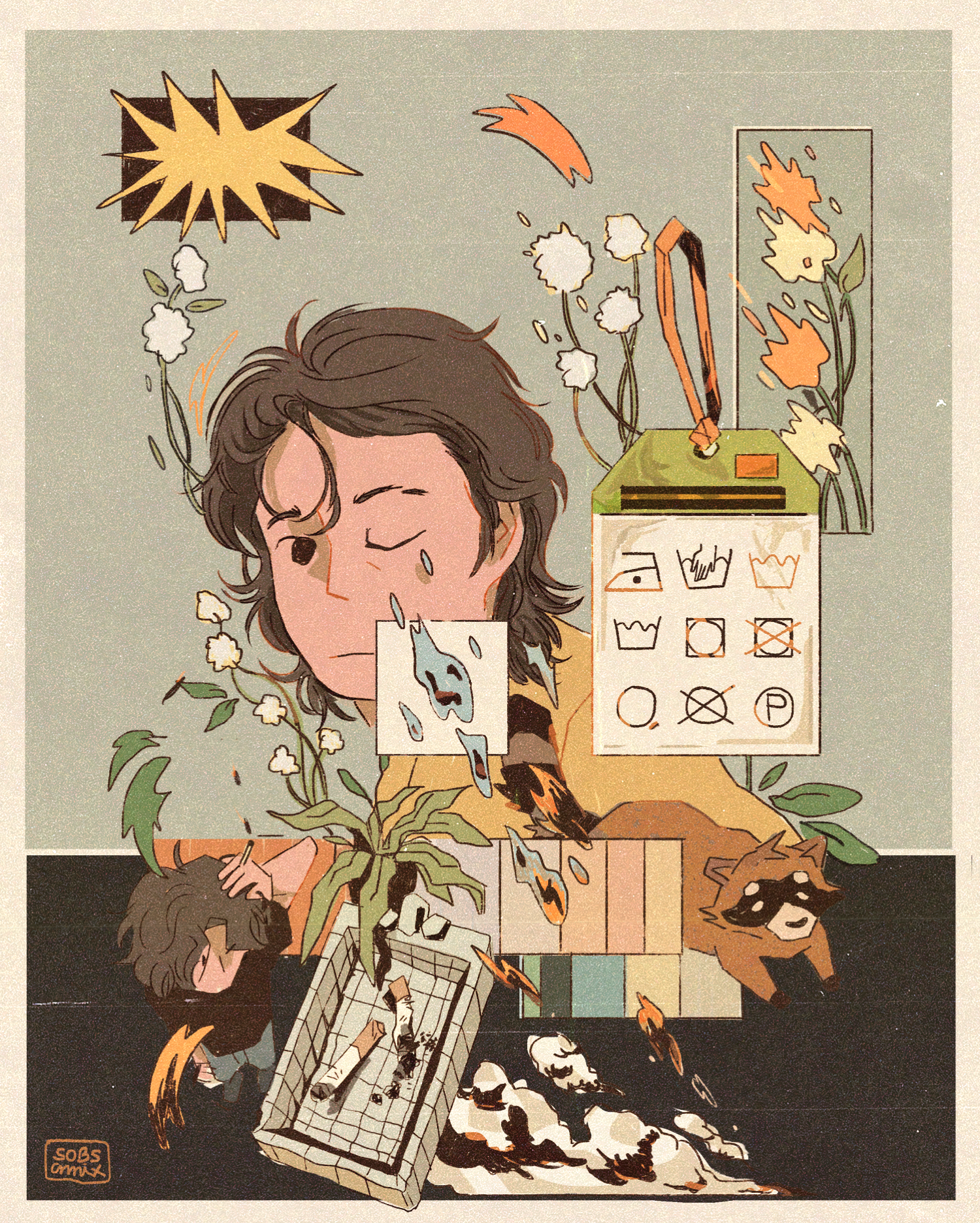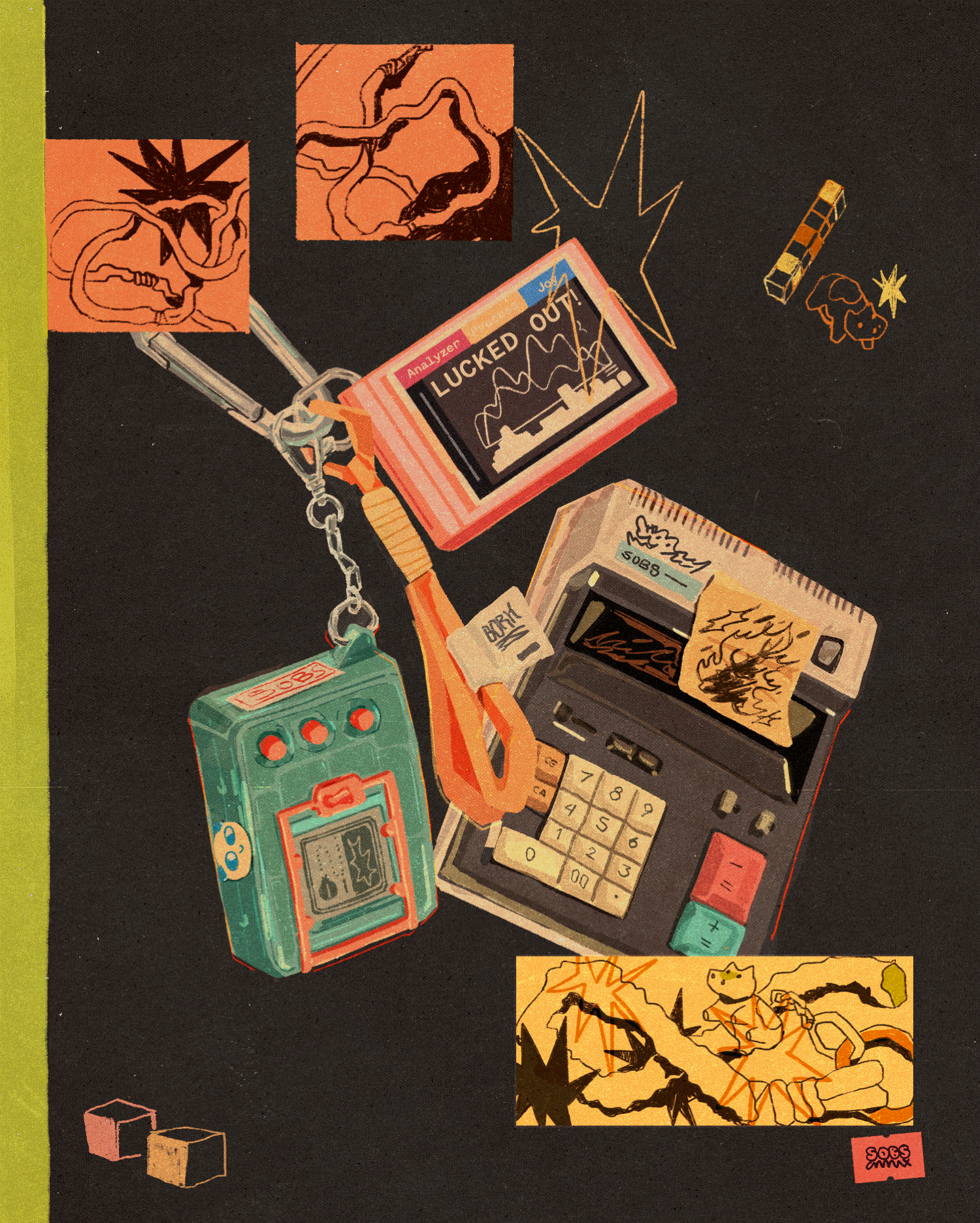Introduction and Interview Gabrielle de la Cruz
Images sobsannix
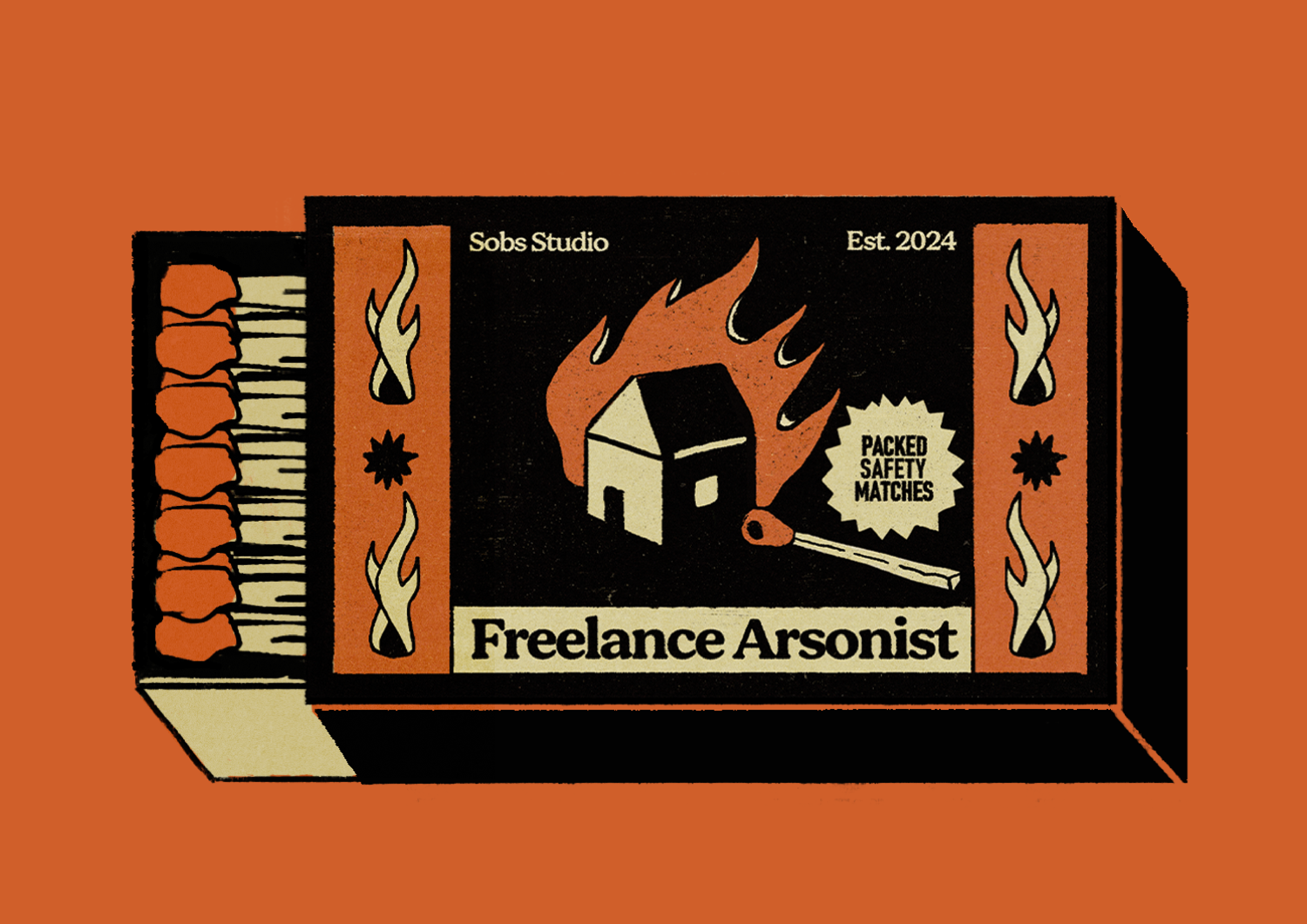

“The rebellious spirit of my work stems from the terror I felt while I was closeted—all the judgement, the disgust, and the fear of losing my relationships,” opens artist sobsannix, whose portfolio is signed with works that scream defiant, sapphic, and queer messages. “I’ve been hiding for so long, and I was TIRED. Why do I have to suffer while all the straight folks get to enjoy life? Don’t I and all the other queer people like me deserve that too?”
Eager to embrace her queer identity, Annix slowly built a creative identity around it. Her body of work, including prints, eccentric illustrations, stickers, and more, has graced the tables of events such as the 2024 Manila Illustration Fair and the 2025 Kittybug and Friends. At these events and at every opportunity to showcase her work, the artist aims to demonstrate the joys and pains of being queer, hoping to contribute to the broader fight for gender equality.
In celebration of Pride Month, Kanto had a chat with Annix on illustrating with intent, creative expression as a weapon against oppression, and manifesting a world where queer individuals are seen, valued, and heard.


Happy Pride, Annix! How have you been? Is your calendar usually swamped during this time of year?
Happy Pride! I am ecstatic! I can feel a lot of good energy flowing through this month. Fun, gay events are overflowing during June so yes, I’m a bit swamped BUT very excited to party, consume queer media, and be at events!
Take us on a retrospective of your artistic journey. How and when did your creative process start, and what role did your queer identity play in shaping your work?
My creative process started midway through the pandemic during a hard crash-out. I was admittedly going through a nasty breakup and eventually decided to place all my energy into art. When the pandemic restrictions were being lifted, I decided it was time to be open about my queerness. I wanted authenticity to ooze out into the pieces I was making; to not give a f*ck. My queer identity gave me the confidence and motivation to just create, and DO, and show myself. I wanted to be my own inspiration.
Do you remember your first artwork? What was it, and how would you describe your evolution as an artist since?
Yes! It was a sad skater girl! I believe that I got into digital illustration pretty late in my life as compared to my peers. I never imagined that I would actually make it as an artist, let alone be recognized as one. Looking back, the evolution was insane. I used to struggle with Photoshop a lot! I used to draw traditionally, scan my work, and only do clean-ups and color in Photoshop. It all feels so personal and raw. I used to make sure everything looked perfect and clean.
But then there was that turning point, when I decided to grow into someone who doesn’t dwell too much on perfection. What I love about my style is the rawness, the analog, the sketchiness of it. I’ve become more intentional with every texture and element I draw on. I still do the same things I did back then, but now I do them with more confidence, making sure I actually see ‘me’. Except coloring within the lines, that I still suck at.
Thank you for sharing that, Annix! Admittedly, what I also admire most about your art is the rawness of it, how it echoes themes of rebellion and defiance. Can you share how these elements reflect your personal experiences and the broader queer struggle?
When I realized that I was repressing myself for the longest time, I had to come to terms with how I was doing it just for someone else’s satisfaction. So, I woke up. I stopped giving a f*ck. I knew who I was. I had a life, and I wanted to start living in it. And this is something I want to keep, so I translate this realization into art as much as I can.
To anyone who’s ever told me or my peers otherwise, here’s the truth: It feels good to curse, to rebel, to reclaim words like ‘lesbo’ or ‘tomboy’. I’m not broken. People like me are not broken. We are just living our lives the way we deserve to.
Pride is often referred to as both a celebration and a protest. How do you balance these aspects in your work, especially considering the usual themes they reflect?
Pride is both a celebration and a protest, yes. After all, joy itself can be radical in the face of oppression, right? To me, silence is boring. I use these truths to fuel me, my existence, and the art I create. I believe that fire, while on the nose, can be destructive, but at the same time, is unapologetically beautiful.
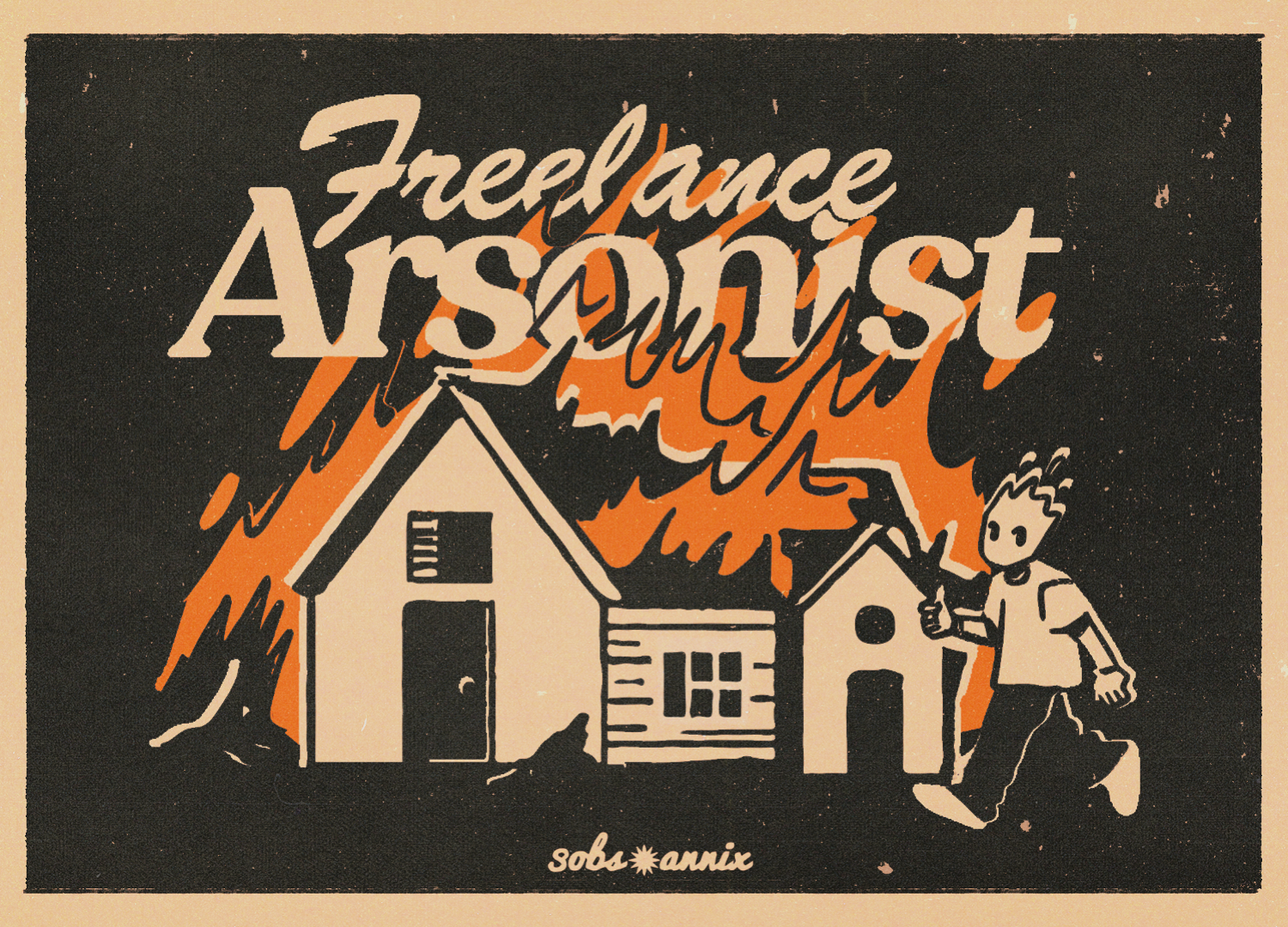

Walk us through your process. From concept to execution, what does it take to bring your pieces to life?
It takes a few cups of caffeine, a smoke, good beats, and a perfectly blank wall to stare at. I start with an empty sheet of paper, often doodling out composition or character thumbnails depending on what feels right at the moment. I then attend to possible clean-ups or inks, then scan the work up and start working digitally, hoping Photoshop won’t crash this time.
My layers tend to get messy, but I believe that’s where the magic’s at! I then start cooking—adjusting here and there, inking, cleaning, and making countless color tests. Sometimes it doesn’t come up the way I want it to look, but I keep going. I pause. I step back. Until it starts hitting me back. Regardless of imperfections, that’s how I know the work is done. It takes a ton, but I’m pretty sure many can relate to this: once you’ve hit that last save button, it’s fulfilling.
Printing and showcasing your work must come with its own set of challenges. How do you navigate the technical and logistical aspects of presenting your art?
Jeez, it takes A LOT! It usually takes me a week or so to prepare my files for printing and quality assurance. It’s a cycle of trial and error, and as someone very particular with texture, materials used, and color output, it can become a headache. But I love seeing what my printers and suppliers can offer! Logistics, on the other hand, is another challenge. Aside from lugging my setup around the metro, visual merchandising is so important to me, and I have to make sure my setup stands out. It comes at a huge cost (physically and mentally). Thinking about it, I’d say I still am a perfectionist sometimes.
Now that you’ve mentioned logistics and table setups, let’s talk about events! What are some of the most pressing issues you’ve observed when selling your work, particularly in relation to queer representation? How do you hope to address these issues through your art?
One matter, I would say, is the need to appeal to everyone, which does not feel right to me. I’ve had a few folks ask me: “Where are the men-loving-men/gay men representation?” My initial reaction to this is, of course, I’m not a gay man. There are so many amazing gay men artists who do their best to channel their identity into what they do. Please look them up!
I try my best to do my responsibility to inform and educate, explaining that I want to represent the lesbians/sapphics/women-loving-women in my community and I want to make it apparent in my art. I want to make things that show who I am and what I value and not just create to appeal.
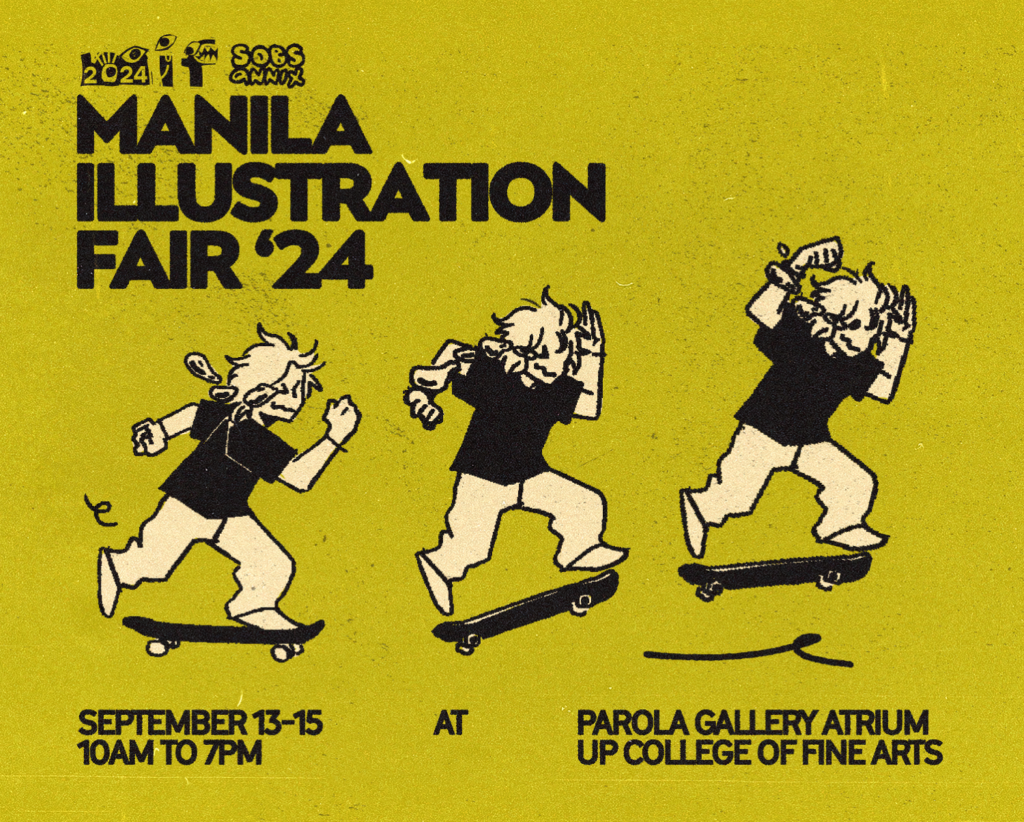

I understand that completely! At the end of the day, we’re all fighting for something, and the world can’t expect us to take everything upon our shoulders.
On a positive note, can you name artists or collectives that you admire? What about them appeals to you? What characteristics do they possess that you wish to emulate?
One of my favorite artists is Toma Vagner. Her visual language and composition draw a lot of engagement and eye candy. She hints references on common paraphernalia like IKEA manuals or bubble gum wrappers, as well as technology in music and composes them into one cohesive, narrative illustration. I also really love her process, which I believe is similar to mine. Her flow begins with traditional linework, followed by scanning and completing the coloring digitally—sometimes incorporating mixed media, depending on the piece.
A collective I admire, on the other hand, unfortunately disbanded due to some online turmoil that happened last year. They’re called the Star Anik collective and comprise talented and artistic individuals with the same vibe and voice. I admire their platform and the authenticity that they collectively embody. I myself would love to be a part of a collective someday!
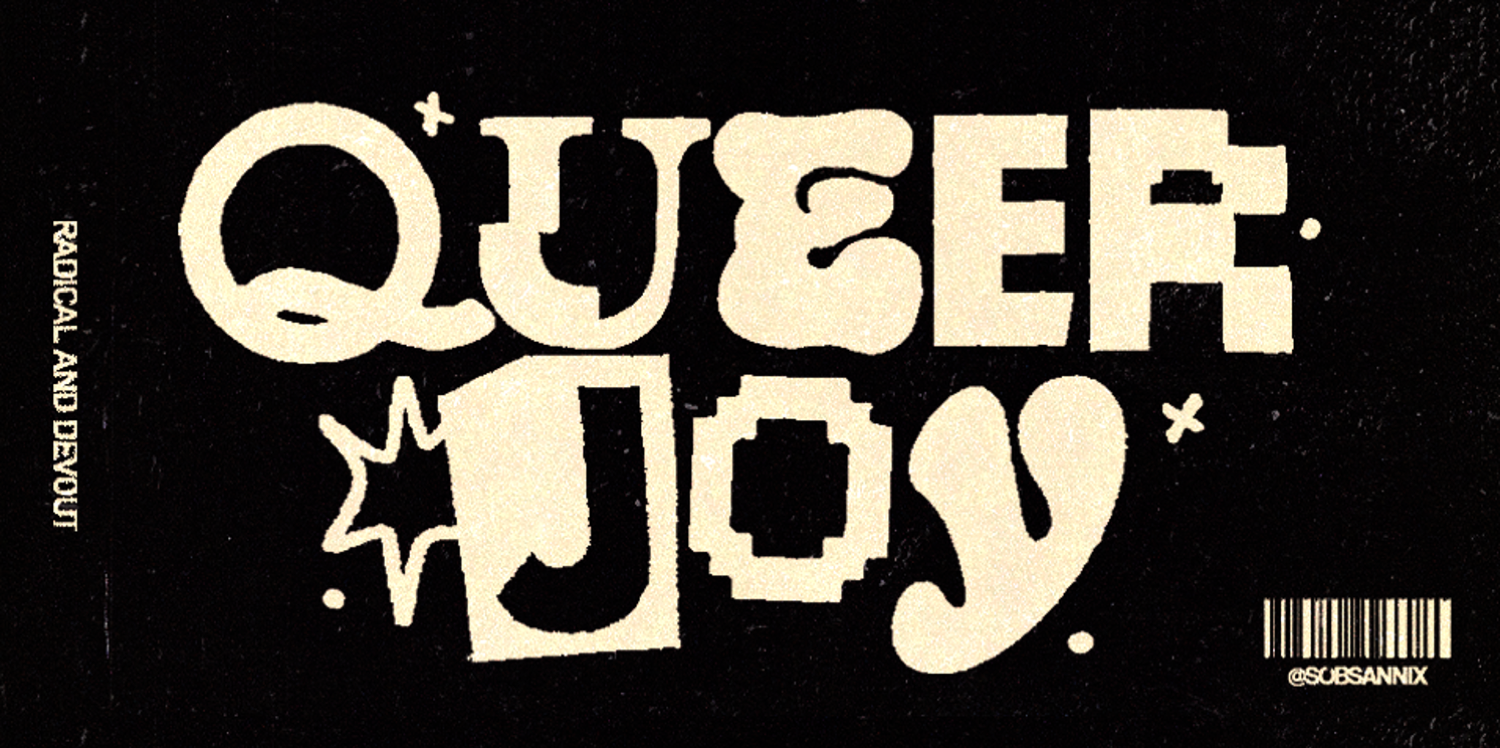

What a conversation we’ve had! To end this interview, can you tell us how you envision the future of the queer creative community in the Philippines? How do see yourself contributing to making that dream happen?
I envision a future where the queer community, in general, is more visible, empowered, and genuinely supported. There’s an incredible amount of queer talent in the Philippines, and with more of our voices being heard, I hope this momentum grows—not just within our own circles, but also in mainstream spaces. It’s encouraging to see more major platforms opening up to queer creatives; it’s a promising sign of real progress. I do find that sapphic/lesbian creatives are still a bit of a minority right now, so I would love to keep on coming out there and representing us!
As a lesbian artist, my vow is that I will keep creating and letting our voices be heard. There’s still a whole lot more work of radicalism and queer joy to be shown and made. •
